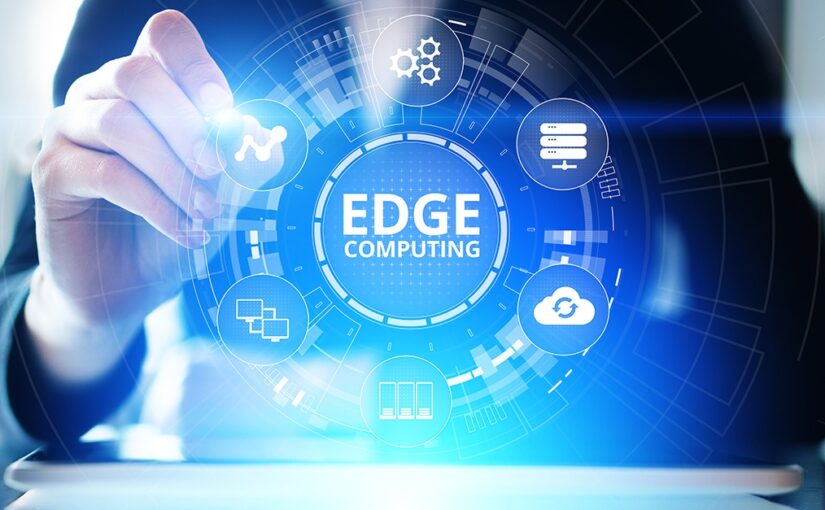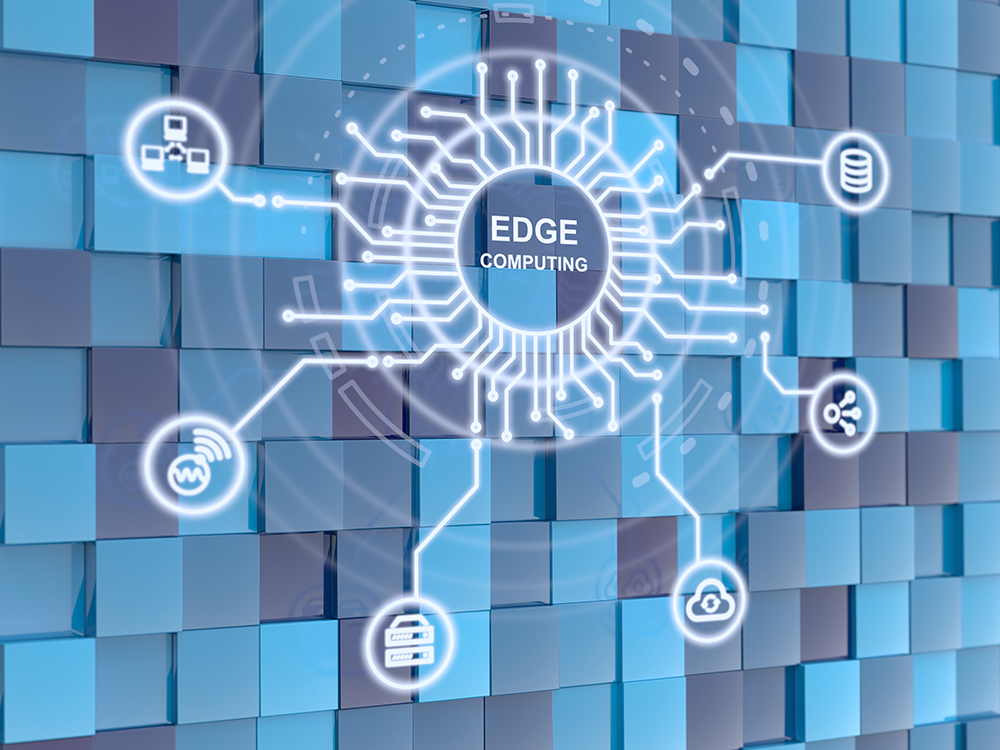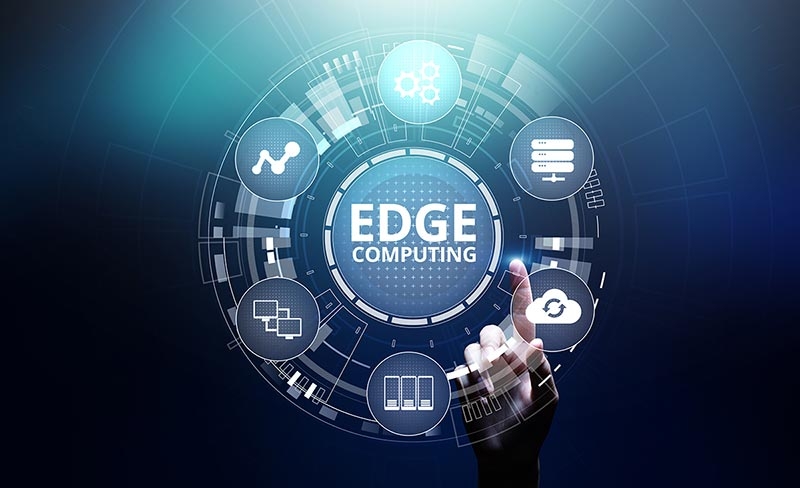The world of technology is a captivating realm, constantly evolving and shaping our lives in ways we could never have imagined. From groundbreaking innovations to heated debates, the modern tech landscape remains a fertile ground for exploration and discourse. In this article, we will delve deep into the exciting world of technology, uncovering its dynamic facets and unveiling the critical insights that propel it forward.
Unveiling the Current Trends and Conversations
1. Artificial Intelligence: Augmenting Human Potential
The rise of artificial intelligence has revolutionized multiple sectors, from healthcare to finance. As AI becomes more advanced, it not only automates repetitive tasks but also augments human capabilities. However, amidst this progress, ethical concerns regarding AI have emerged, prompting discussions on responsible AI deployment and the impact on the job market.
2. Cybersecurity: The Battle to Protect Privacy
In an era dominated by data, the concern for cybersecurity has escalated to new heights. With hackers becoming more sophisticated, businesses and individuals must stay vigilant. The conversation surrounding cybersecurity focuses on innovative solutions, the role of governments in regulation, and the delicate balance between privacy and national security.
3. Internet of Things: Connecting the Unconnected
As our world becomes increasingly interconnected, the Internet of Things (IoT) has emerged as a significant trend. Enabling devices to communicate and share data, IoT offers immense potential for improving efficiency and enhancing our everyday lives. However, it also raises concerns about privacy, data security, and the vulnerability of interconnected systems.
4. Blockchain: Revolutionizing Trust and Transparency
Blockchain, the technology behind cryptocurrencies like Bitcoin, has garnered significant attention beyond digital currencies. Its decentralized nature enhances trust and transparency, making it valuable in various industries, including finance and supply chain management. Discussions now revolve around scalability and regulations that balance innovation and security.
5. 5G: The Next Leap in Connectivity
The fifth generation of wireless technology, 5G, promises lightning-fast speeds, ultra-low latency, and the capacity to connect billions of devices. As the foundation for emerging technologies like autonomous vehicles and smart cities, it sparks conversations around infrastructure upgrades, potential health concerns, and the digital divide.
Conclusion
The fascinating world of technology is an ever-evolving and multifaceted landscape. From the transformative power of artificial intelligence and the urgent need for robust cybersecurity to the potential of the Internet of Things, blockchain, and 5G, the possibilities seem limitless. By exploring these current trends and conversations, we gain a deeper understanding of the narratives shaping the tech community and the broader society. Let’s continue to embrace technology’s potential, engaging in stimulating discussions that drive innovation and shape a brighter future.




 The Benefits of Edge Computing
The Benefits of Edge Computing